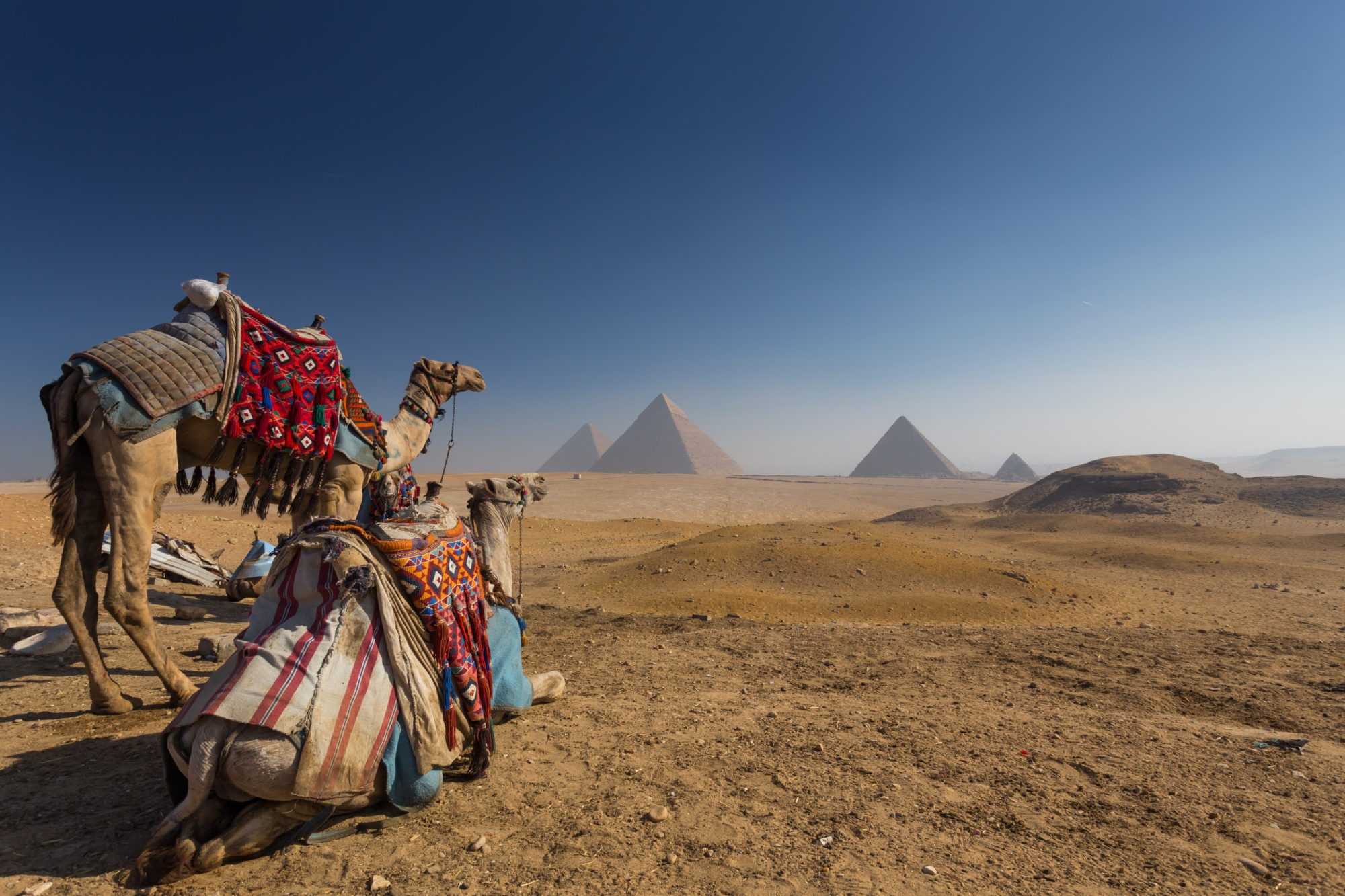BY DAVE RANKIN
This week’s adventure leads us to a set of the world’s most famous monuments to be ever erected by human hands; a true feat of ingenuity that still marvels on-lookers today. Ladies and gentlemen, in this week’s article we are taking a trip to the Great Pyramids of Giza and the pharaoh’s attributed to them.
I read somewhere that there were approximately eighty pyramids built in Egypt. I could only imagine the impressiveness of each one of them. However, the trio of the Great Pyramids that were constructed by the 4th Dynastic family of: Kufu, Khafre, and Menkaure will be our focus.
The largest of the three, also called the Great Pyramid of Kufu was built around 2644 B.C.E. This wonder of the world was once the tallest structure known to man. The Great Pyramid originally stood 146.6 metres, or 480.97 feet tall. It wasn’t until the completion of the 160-meter tall Lincoln Cathedral built around approximately 1300 C.E., that another structure surpassed it. This massive edifice took twenty years to build by 100,000 able bodied men who were employed three months at a time during the inundation season. It took ten years alone to construct the causeway, where stones were hauled, not to mention the preparation of the site, which included the leveling and hollowing out the underground tunnel and chamber.
One of the biggest misconceptions is that the Pharaoh Kufu has been depicted as a tyrant who depended upon slave labour to erect his pyramid; in fact, it was the opposite. In the book Introduction to African Civilization, author John G. Jackson informs us “This opinion is most certainly erroneous; for slavery was practically unknown in ancient Egypt.”
The Great Pyramid consists of more that 2.3 million limestone blocks that were shipped from quarries along the Nile River. The limestone stones served as “casing stones” outlining this beautiful architecture. One could only imagine what the Great Pyramid looked like upon completion with its splendor. It wasn’t until an enormous earthquake in 1301 C.E. loosened the stones, only to be carried away during the Arab conquest to build nearby mosques.
The second largest pyramid belonged to Kufu’s son Kafre (pronounced kaff-ray) who ruled around 2558-2532 B.C.E and was built approximately 2570 B.C.E. Kafre’s pyramid originally stood about 143.5 metres or 471 feet tall with casing stones made of pink granite, and limestone. There’s an old story which comes to us; it informs us the Kafre made sure that his pyramid was not constructed to be larger than his father’s out of respect. It was just built on land, which was on an angle, and this gave it the appearance, of a larger structure. No matter how great this pyramid was; it fell victim to the looting of limestone just like his father’s before him. Nonetheless, it was a marvelous sight.
The third and last on our list is the Pyramid of Menkaure, pronounced men-kah-ray. He was grandson to Khufu, son to Khafre and ruled around 2530 B.C.E. The pyramid was constructed in 2510 B.C.E., and its original height was 65.5 metres high, which is about 215 feet. It was built from red granite and white limestone. Like the pyramids of his elders, erosion due to elemental forces has caused a decrease in the height. It now stands approximately 61 metres or 201 ft. During the twelfth century C.E., there was an attempted demolition by the Arabian, Al-Aziz, a sultan of Egypt also during the conquests. His workmen were employed for eight months until finally they gave up, finding it was too hard. They could only remove one or two stones a day. Although unsuccessful they managed to leave a gash on the northern side, which still stands today.
Having barely scratched the surface, I’d like to emphasize that all three pyramids are truly wonders of the world. Each one of them constructed with the purpose of leaving a legacy behind for the rest of us to continue to gaze at African greatness.

